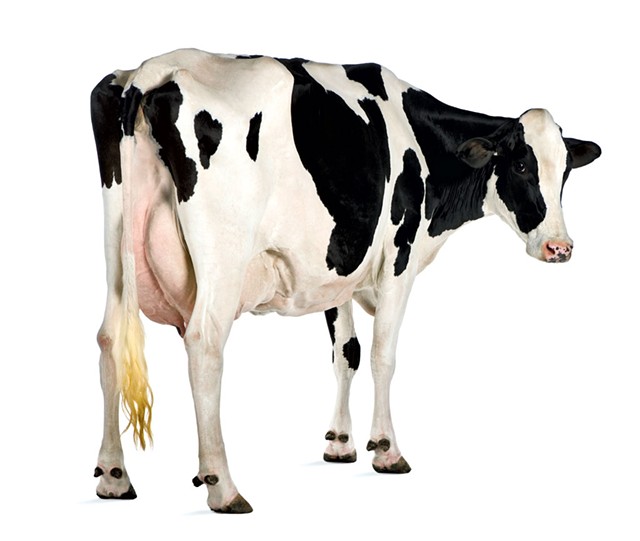
Vermont has spent $285 million to support its struggling dairy industry in the last decade, according to
a new report from the state auditor’s office.
The tax breaks, reduced fees, grants and technical assistance that the dwindling number of dairy farms received between 2010 and 2019 illustrate just how dependent the industry has become on state assistance for its survival.
Unlike other reports from State Auditor Doug Hoffer’s office that attempt to ferret out fraud or waste in state spending, the “investigative report” neither finds fault with the funding nor recommends any changes.
“This report is intended to serve as a resource for State policymakers, program managers, and the public as they consider the future of dairy in Vermont and what role public funds should play," the report states.
Even so, the document is likely to provide ammunition to critics who say that despite dairy farming's deep roots, the subsidies are not justified.
The broad trends outlined — low milk prices, a shrinking number of farms, larger herds, increasing reliance on migrant labor, and harm to water quality — are not new.
But the aggregation of the total state spending across multiple departments and programs over time is illuminating. The $285 million went to a wide variety of programs, including:
- $13.4 million in 2019 from the break on sales taxes for agricultural supplies, such as feed, fuel and fertilizer
- $13 million in property tax savings and grants in 2019 for the estimated 282,000 acres of land in the tax department Current Use program and the Vermont Farmland Conservation Program
- $7.4 million in 2019 to help farmers deal with the water pollution caused by the manure from the approximately 120,000 dairy cows kept in the state
The report breaks down in great detail the size and goals of various assistance programs. These include $13.6 million over the decade to help farms implement best management practices, such as farm waste collection systems and fencing to keep cows out of waterways.
The report highlights the federal Environmental Protection Agency’s 2016 findings that 41 percent of the phosphorus in Lake Champlain originates from agricultural sources — not just dairy — and that 139 miles of rivers and streams were polluted by nutrient-rich runoff from farms.
The state Department of Environmental Conservation fielded 896 farm-related complaints over the decade, an average of 150 per year, the report noted.
Given the consolidation trends in the industry, the generous support is being spread among fewer and fewer farms. While there were 4,170 dairy farms in the state in 1969, by 2020 that number had dwindled to just 636 as low milk prices and competition from other beverages make it harder for small farms in particular to survive. Average herd size grew from 46 in 1969 to 180 cows in 2017.
In addition to direct grants and subsidies, the report noted that agricultural operations are exempt from a range of permits, including for stormwater, groundwater and wetlands.








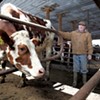
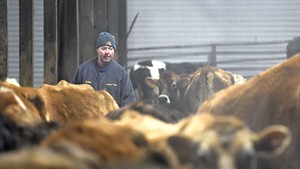

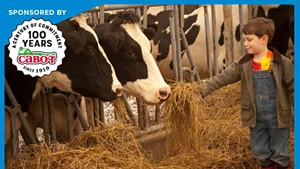
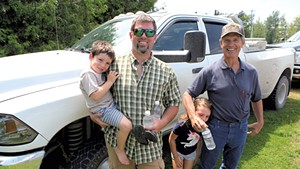




Comments
Comments are closed.
From 2014-2020, Seven Days allowed readers to comment on all stories posted on our website. While we've appreciated the suggestions and insights, right now Seven Days is prioritizing our core mission — producing high-quality, responsible local journalism — over moderating online debates between readers.
To criticize, correct or praise our reporting, please send us a letter to the editor or send us a tip. We’ll check it out and report the results.
Online comments may return when we have better tech tools for managing them. Thanks for reading.